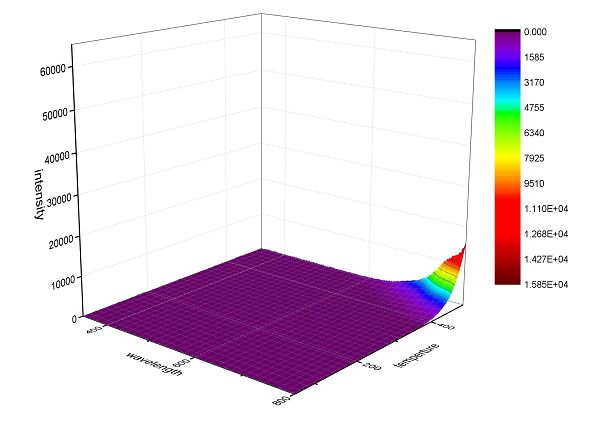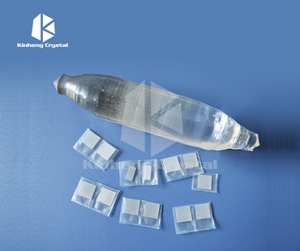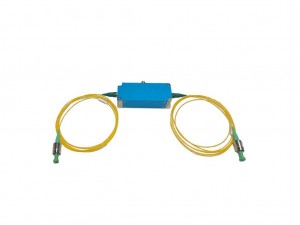LuAG:Ce Scintillator, LuAG:Ce Crystal, LuAG Scintillation Crystal
Advantage
● Non-hygroscopic
● Stable scintillating characteristics
● Fast decay time
Application
● X ray imaging
● Imaging screen
● Positron Emission Tomography(PET)
Properties
| Crystal System |
Cubic |
| Density(g/cm3) |
6.73 |
| Hardness (Mho) |
8.5 |
| Melting Point(℃): |
2020 |
| Light Yield (photons/keV) |
25 |
| Energy Resolution(FWHM) |
6.5% |
| Decay Time(ns) |
70 |
| Center Wavelength |
530 |
| Wavelength Range(nm): |
475-800 |
| Effective atomic number |
63 |
| Hardness(Mho) |
8.0 |
| Thermal Expansion Coefficient(C⁻¹) |
8.8 X 10‾⁶ |
| Radiation Length(cm): |
1.3 |
| Hygroscopic |
No |
Product Description
LuAG:Ce (Lutetium Aluminium Garnet-Lu3Al5O12:Ce) scintillator crystals are relatively density (6.73g/cm³), have a high Z (63) and have a a fast decay time (70ns). With a center peak emission of 530nm, LuAG:Ce output is well matched to photodiodes avalanche photodiodes APDs and silicon photomultipliers (SiPM). It is a synthetic crystalline material with a cubic structure that is commonly used as scintillation detectors in various scientific applications, such as medical imaging and radiation detection. When exposed to ionizing radiation, LuAG:Ce emits light, which can be detected and used to create images or measure radiation levels. It has many other excellent properties, such as high density, large Zeff and good mechanical property. LuAG:Ce thin slice coupled with FOP and CCD can be well applied in X-ray microscopy and micro-nano CT where good spatial resolution is expected. Due to its high density and transparency to high-energy radiation, LuAG:Ce is particularly useful in applications requiring high precision and sensitivity, such as nuclear medicine and high-energy physics. Additionally, LuAG:Ce is known for its high light output, fast decay time, and excellent energy resolution, making it a popular choice for scintillation detectors. In addition these crystals have good temperature properties.
LuAG:Ce scintillator crystals have the following issues which should be noted. They Have a light emission which a is good part is above 500nm, a region where photomultipliers are less sensitive
They are intrinsically radioactive making it unacceptable for some applications, and susceptible to radiation damage, starting with doses between 1 and 10 Gray (10² - 10³ rad). Reversible with time or annealing.
Performance Testing
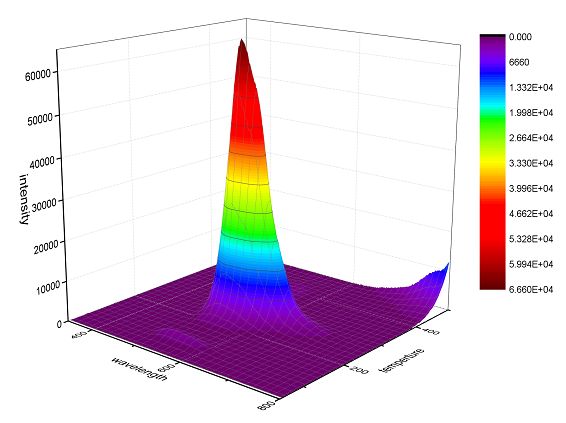
Ce: LuAG
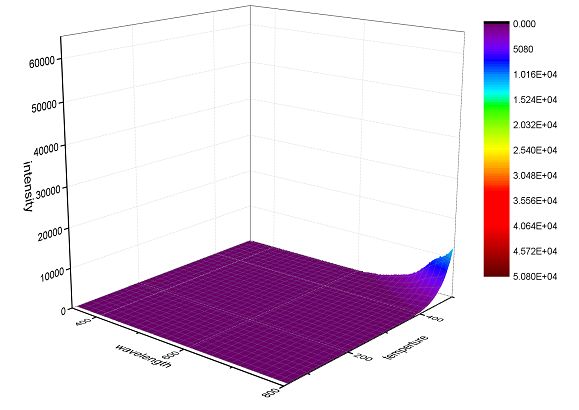
Me and Ce codoped LuAG
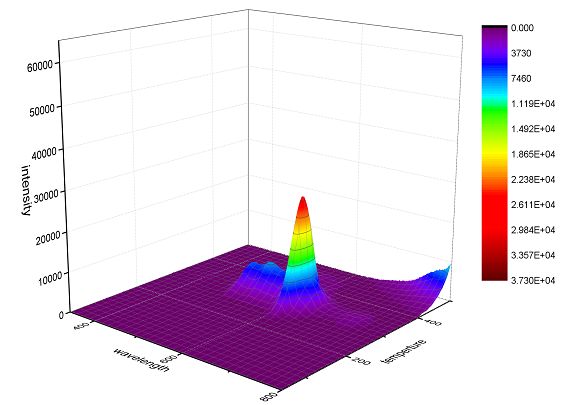
Pr: LuAG
Supporting Information
1) Test condition: The thermally stimulated luminescence spectra were measured with a Risø TL/OSL-15-B/C spectrometer. The samples were irradiated with β-ray (90Sr as radiation source) for 200 s with a does rate of 0.1 Gy/s. The heating rate was 5 °C/s from 30 to 500 °C and same thickness of samples were put to ensure the results comparable.
2) Illustrate: all picture can be edited; refer to the TL spectra of background, when sample heated greater than 400 °C within 700-800 nm were emerge sample stage glow (black-body radiation); original data was added in accessory.
